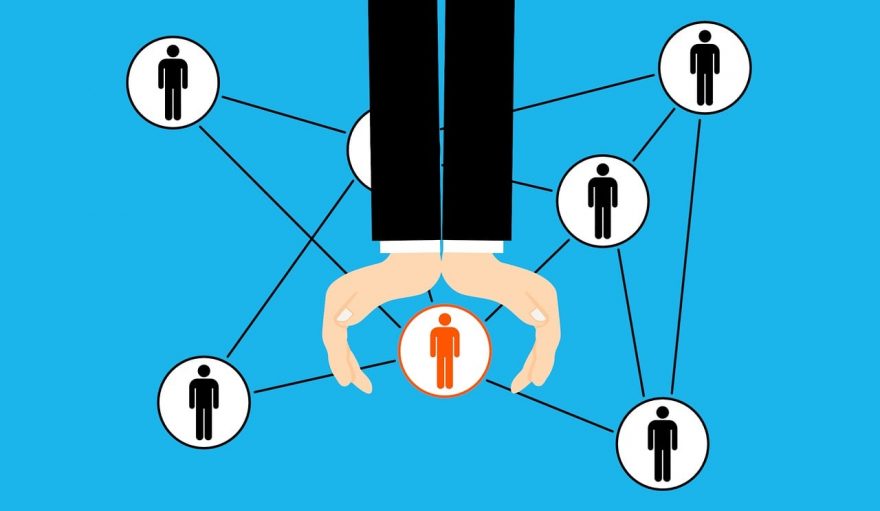A business life insurance policy is a business-owned life insurance policy where the insured is either the owner or one of the shareholders. The two types of business life insurance covers include the term life insurance policy (which has an end date) and the whole life insurance policy. Most companies offer 20 to 30 years, depending on the person’s age. It provides life insurance for a term that is set and for a fixed premium. If during the agreed period, the insured passes away, the beneficiary will receive the death benefits. If the term ends and the insured is still alive, the policy is terminated. The owner is covered for all his life so long as the premiums payments are made on time in their whole life. In this policy, premiums are set and cannot be changed.
The cost of the business life insurance policy depends on several factors, such as how much coverage you are willing to buy. Premiums can be paid annually, quarterly or monthly, but you should note that paying premiums more than once a year could incur additional charges. To learn more about it, check out this website.
Below are strategies of how a business life insurance policy works
- It eases the burden on your family and colleagues who might be forced to come up with huge sums of money to buy your share of the business failure to which your business may fail. A buy-sell agreement provides the ideal succession plan. A life insurance policy is purchased for each of the owners of the company. If one of them passes away, the surviving one uses the business life insurance policy to buy the deceased owner’s shares. These agreements also apply when one of the owners leaves the company for reasons such as, critical illness, disability or decides to retire. If this happens, complete access is given to the remaining owner. However, the death proceeds will only be collected after the departing owner passes away since business life insurance policies cover the insured person’s entire life.
- Cash value accumulates over time as policyholders continue to pay their premiums; the insurer then invests this money which grows tax-deferred so long as the policy is in effect. The owner can secure a policy loan of up to the cash value amount if a business needs to enable the business to navigate harsh and economic times and provide supplementing cash flow. Business owners can take multiple policy loans as capital usually is channelled back to the insurance company making the funds available again if the owner needs another policy loan in the future. The owner continues to get interested in the total cash value from the insurance despite the policy loan. He also decides on the payback schedule at rates much lower than the traditional bank loans. However, unpaid interests and policy loans will be deducted from the policyholder’s death benefit’s proceeds.
- Key person insurance where the company purchases a life insurance policy on one or several employees. The company pays the premiums, and in case the insured person(s) dies, the company receives the proceeds from the death policy. It protects profits by offsetting losses incurred due to a delay or a cancellation of any project that the deceased was involved in.
- Key employee retention is done by adding additional retirement benefits to a key employee by funding a deferred compensation program using the life insurance policy.
- Estate equalizations: most families owned businesses have people actively involved in the company and others who are not. Dividing the proceeds among family members equally may bring conflicts like those actively engaged may feel short-changed by the arrangement, thus interrupting the business’s everyday operations. If it comes to this, the life insurance policy can be used to give a death benefit to those not so actively involved while those who are actively engaged take over the company’s running.
- Accelerated benefit riders. These are added to a policy and will pay some or all of the death benefit while you are still alive, should you become disabled or diagnosed with an acute disease like cancer, since you would be unable to run your business.
- Split-dollar life insurance involves the purchase and mutual agreement between the employee and the employer on how they will share the premium cost, cash value and the proceeds of the death benefit. The agreement also includes what goals the employee needs to achieve, how long the contract will be in effect and how the plan will come to an end. It also has termination provisions if the employee decides to resign or fails to achieve the agreed-upon goals.
- Tax benefits. A life insurance policy has the best tax conditions as compared to any other policy.
- Generally, death benefits are income tax-free.
- If the policy is appropriately owned, death benefits may be estate tax-free.
- During the period in which the insured is alive, the cash value grows tax-deferred.
- Policy loans taken against cash value are generally income tax-free.
- Cash value withdraws typically free up to the total premiums paid.
There are only a few drawbacks to the business life insurance policy which include:
- The cost of the business life insurance; although it may be cheaper than most people think, you will still have to part with some of your money to pay the premiums.
- Complexity: some people find it hard to understand how cash value grows and how much you have to pay and for how long.
- It requires approval; the life insurance company has to process your application and approve it. This is not always easy for everyone, especially if you have health problems.
Before deciding which company you should procure your business life insurance policy from, you should do your research to be happy with the decision you make.
